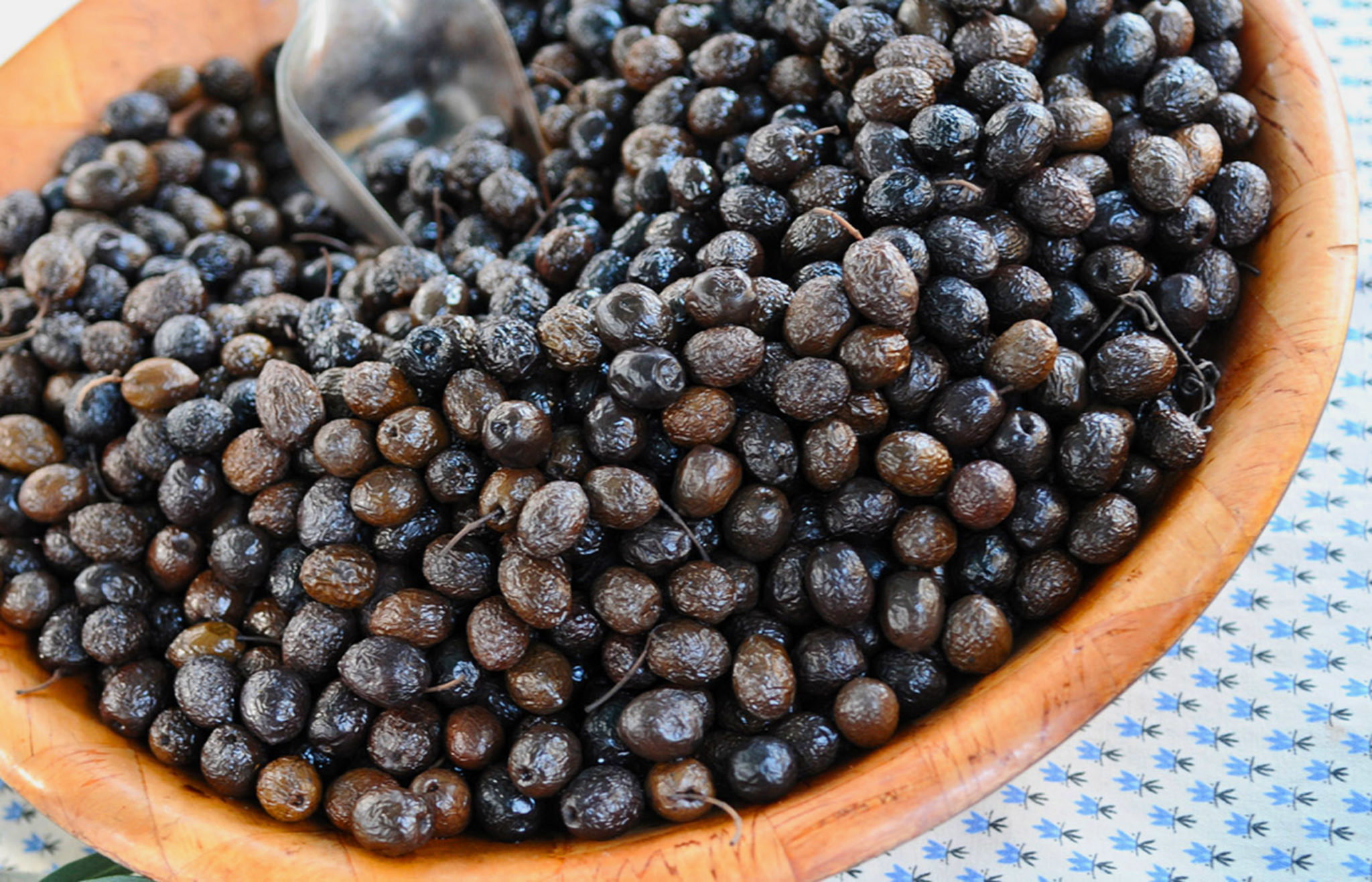Once upon a time…
The olive tree, symbol of sun, cicadas and a tasty cuisine. Provence has been implanted in the “Nyonsais” (Nyons area) and the Baronnies landscapes for more than 2000 years. It owes its history to the Romans who initiated the peoples of the empire to its culture. It is in the Nyons area that we find the oldest trace of this culture, an oil mill found in a villa dating from the beginning of the first century.
Nestled in the mountains, valleys and streams, in the north of Provence, close to Mont Ventoux, the “Nyonsais” and the Baronnies Provençales reveal their color. In the small village of Saint-May, you can discover the cultures of the most resistant olive elected the first “AOC” of France in 1994: The“Tanche” or “olive of Nyons”. It’s very easy to recognize the “Tanche” variety : it’s black and wrinkled. The picking time is from December to January.
During the twentieth century, the “Nyonsais” and the Baronnies faced a long period of frost, especially in 1956, which destroyed the entire orchard. From 1 million to 220 thousand cultivated Tanche olive trees, the regional producers experienced a significant loss of their production. The union of the Olives of Nyons and the Baronnies has been created to allow the return of olive groves and orchards of the region.
After this period, it is the vineyard and the fruit trees that are gradually taking their mark in the regional landscape. The olive tree retains its place in the agricultural economy and its symbolic image.
The “Tanche”, Unique in the world!
The “Tanche” or “black olive of Nyons” is typical of the Nyons region and the Baronnies Provençales. It has become integrated and adapted to the Mediterranean climate since the 17th century, remaining nowadays the only variety present on the territory.
Recognizable with its black color and its oval and wrinkled appearance, the Nyons olive can weigh up to 6 grams and be 3 to 4 millimeters thick. It is famous in Provencal cuisine in both olive oil and table olive thanks to its generous pulp and its unique “monk’s bure” color.
Winter is the best time for harvest, from December to January. It is during this period that it takes its wrinkled appearance and reaches “maturity”. However, it should not be consumed directly on the tree because the fruit is still bitter. It will be necessary to wait after the crushing for the olive oil and the setting in brine for the olives of table.
The picking of the olive is a tradition in the region. Hand-made picking, the pickers with ladders and baskets, climb to the top of the branches and can pick up to 8 kilos of olives per hour. In a more technical way, olive growers use manual or electric combs or vibrators of branches and drop olives on large nets deposited on the ground which makes the activity faster.
After picking, the olives are brought to the mill or in the confectioneries within 2 to 3 days. They are then processed and graded: the small ones for olive oil and the larger for table olives.
Let’s celebrate the black pearl of Nyons !
On December 15, will be held the festival of the olive “piqué” of Nyons.
During the first weekend of February, will be held the 35th edition of the “Alicoque”, a celebration symbolizing the end of the harvest and the arrival of the new oil, treasure of Nyons.


